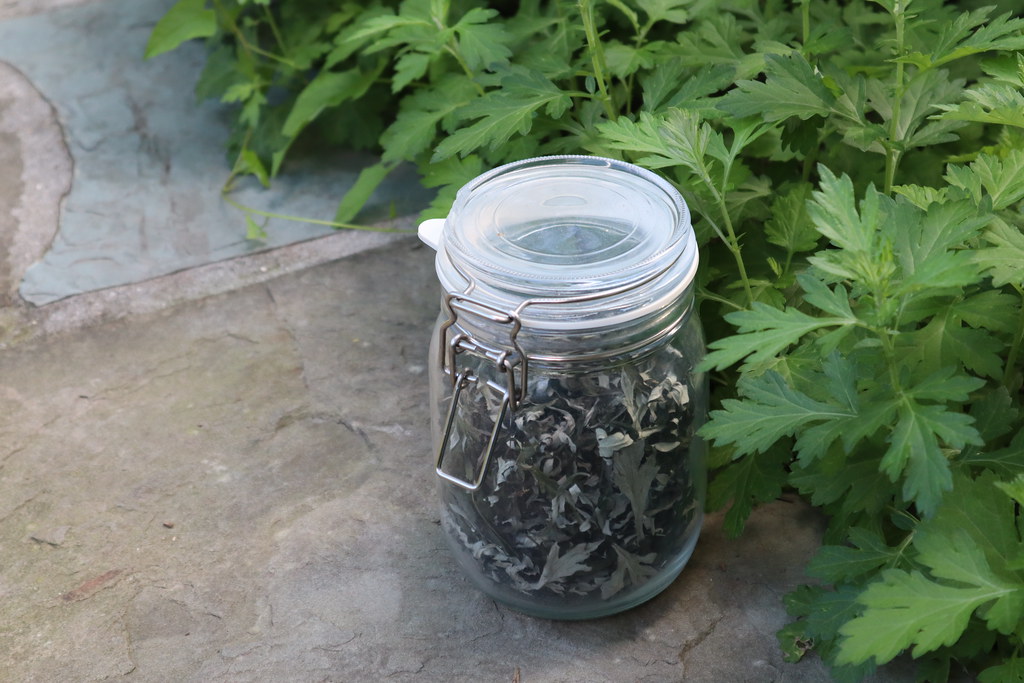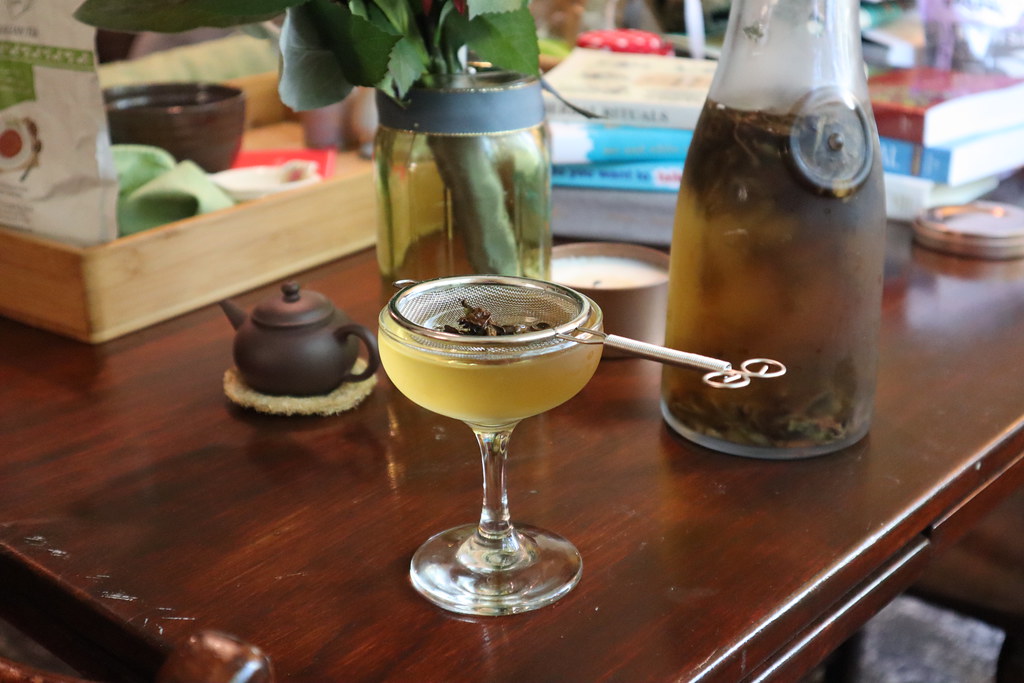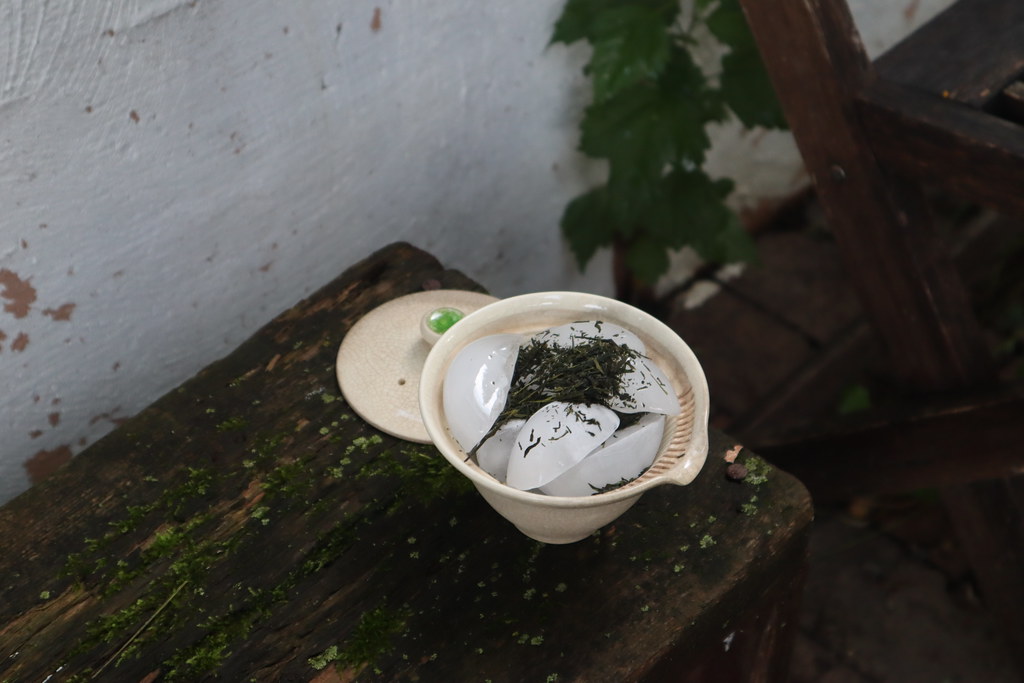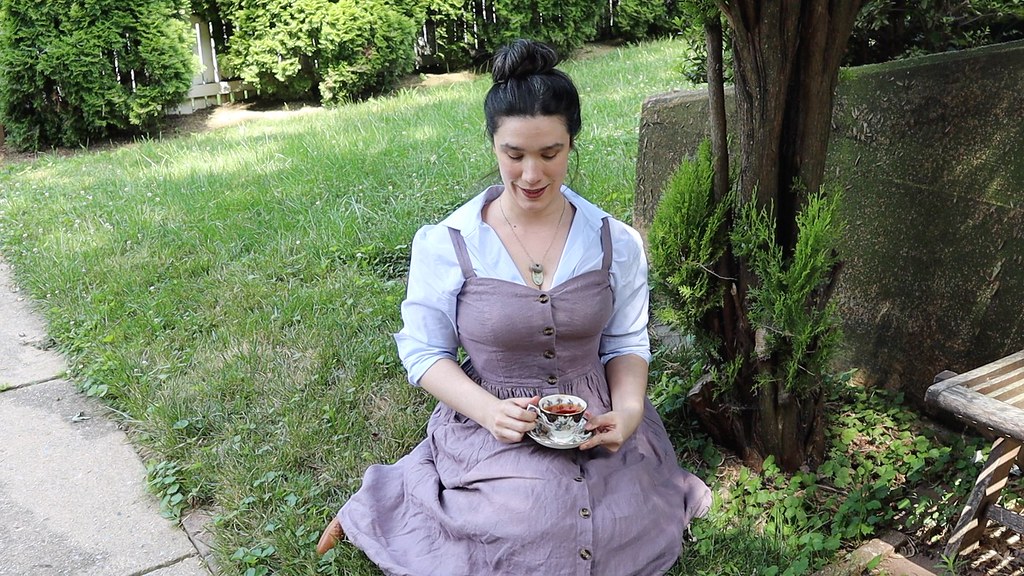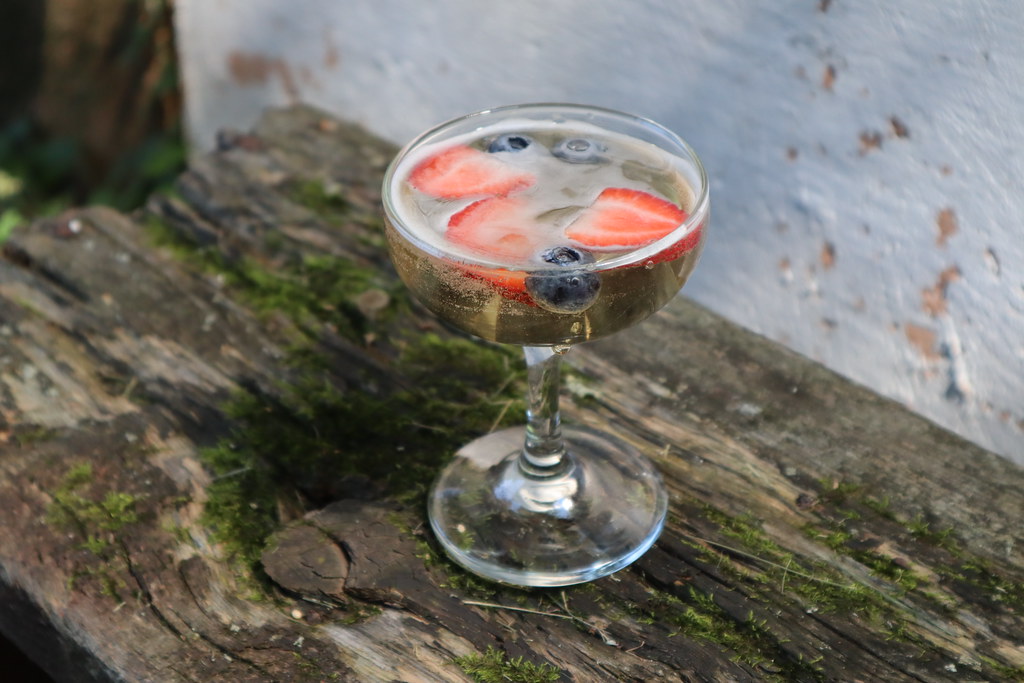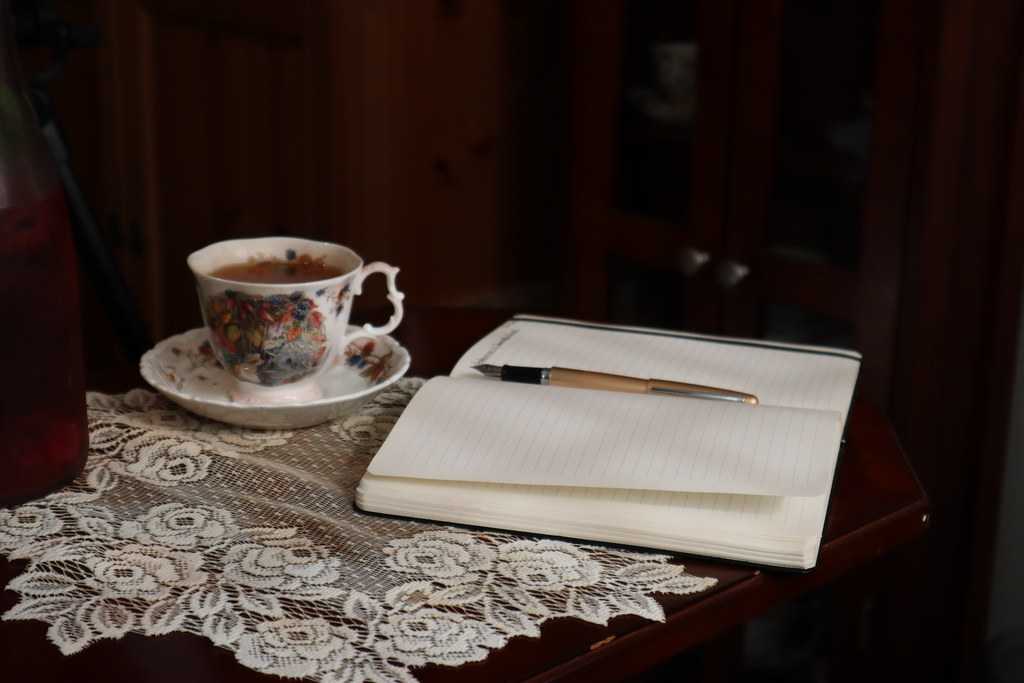When I wrote my tea primer, I included a section about herbal teas, in which I talk about the importance of botanical or scientific names in identifying the herbs that you are purchasing or planning to use. But a recent post from Justin Robinson on Instagram has made me not only rethink my relationship to the names of plants, but also my relationship with herbalism and its roots in colonialism and cultural appropriation.
Robinson talks about how “scientific” names were actually more like the colonized names of a plant. In his video about hydrangea, he talks about how the original name was ajisai, as it originated in Japan, but the Greek-derived name “hydrangea” leads us to forget or never know the plants origins. And in some cases, the scientific name can be so completely divorced from the native plant itself that it even honors a European botanist that never even saw the plant itself in its natural habitat, such as the plant spiderwort, which is part of genus Tradescantia, named for John Tradescant the Elder, who never even travelled to the new world. His study of specimens from the Americas was solely from plants that were brought to him by colonizers (including his problematic friend, John Smith). While many of the common names for plants of this genus are equally problematic, the name spiderwort likely refers to the spider-leg-like leaves or the way the flowers grow in clusters. Interestingly, this common name makes it easier for me to identify the plant, as it only flowers for a short window of the day, and the characteristic leaves and bud clusters are much more recognizable later in the afternoon.
An example that is even closer to home is mugwort, which I have pictured above. It is a common weed, native to Europe, Asia, and Northern Africa, and invasive to North America. Its scientific name is Artemesia vulgaris, which suggests its relationship to wormwood (A. absinthum), as well as suggesting a connection to some of the herbs used in ancient Greece that may or may not be similar. But the common name mugwort is what suggests its traditional use — its dried flowers were used as a bittering agent to flavor beer, much the same way hops is more commonly used today. And like hops, mugwort has digestive actions, as a bitter plant, as well as anti-parasitic and preservative qualities, and nervine actions. The scientific name, while somewhat standardized and “official” is not terribly indicative of what the plant can do, merely indicating that it is the most common example of the genus named after ancient Greek tradition.
These examples are just one reason why I’ve chosen to re-evaluate my herbal education in the light of colonialism and appropriation. All of the teachers I’ve turned to and schools I’ve gone to for herbal education in the past have been started by white women. The companies from which I buy herbs are white-owned and many of the books I use for reference are white-written. And apart from just diversifying the voices in my education, these people often use traditions that are not those in which they were raised without properly calling out the problematic history that has made those traditions available to us. A commonly-used example is the practice of smudging with white sage. While burning herbs to drive out miasma, “bad humors,” evil spirits, or any other unseen harmful entity, is common through folk traditions around the world, the specific practice of “smudging” and the use of white sage is specific to certain nations indigenous to the Americas. In fact, sage was only one of the sacred herbs used in this ceremony, and it was illegal for many of these people to practice their traditional religions until the late 1970s, making it even more insensitive for those descended from colonizers to use this practice lightly, perhaps to “cleanse” a new house they’ve bought with the generational wealth they’ve built on the backs of colonized nations. Plus, white sage is endangered and is often produced in highly unsustainable ways, making it even less available to those who use it for sacred traditions.
An even more insidious example is stevia, which went from a traditional plant used by the Guarani people to a mass-marketed product patented by Coca-Cola. Despite the fact that the only reason European colonizers learned how to use stevia (or ka’a he’e, as they call it) as a sweetener comes from the shared knowledge of the Guarani, white-owned corporations are patenting and profiting off this knowledge, while providing none of this wealth to the people who originated the practices. Plus, the actual stevia plant is not considered “safe” by the FDA and is banned from import. So this traditional plant is only deemed acceptable when it has been processed through the factory of colonial capitalism.
So what can we do to fight against this? Well, personally, I am trying to learn more of my herbalism from non-white sources. Robinson is one such teacher, as is Farai Harreld, whose Folk Herbalism for Everyone is on Patreon, among many others. The phenomenon of Black and indigenous herbalists reclaiming their traditional knowledge is particularly poignant, as these communities might have a very well-earned distrust of the mainstream medical community. Generations of abuse, exploitation, and experimentation has left them with a desire to make do on their own as much as they can. And while I don’t share their generational distrust of modern medicine, I appreciate the idea of using traditional medicine and allopathic medicine together.
But I have many gaps. For one, while many of the herbalists I follow sell products they have made, the return on value-added products, like tinctures, tea blends, and salves or oils, is much higher than selling bulk herbs. But I would like to find a source of bulk herbs that is owned by BIPOC herbalists, rather than one started with the benefit of generational wealth and access to startup funding. I am always new and always learning and appreciate any recommendations people have to give. For now, I will be re-examining my relationship with who I consider an authority in all spheres of my life.
NB: I am not a medical professional or a licensed herbalist. None of this is intended to be taken as medical advice. Please consult your own treatment professionals for advice. No brand relationships or PR gifts to disclose. For more information about collaborating with me, see my contact and collaboration information.
